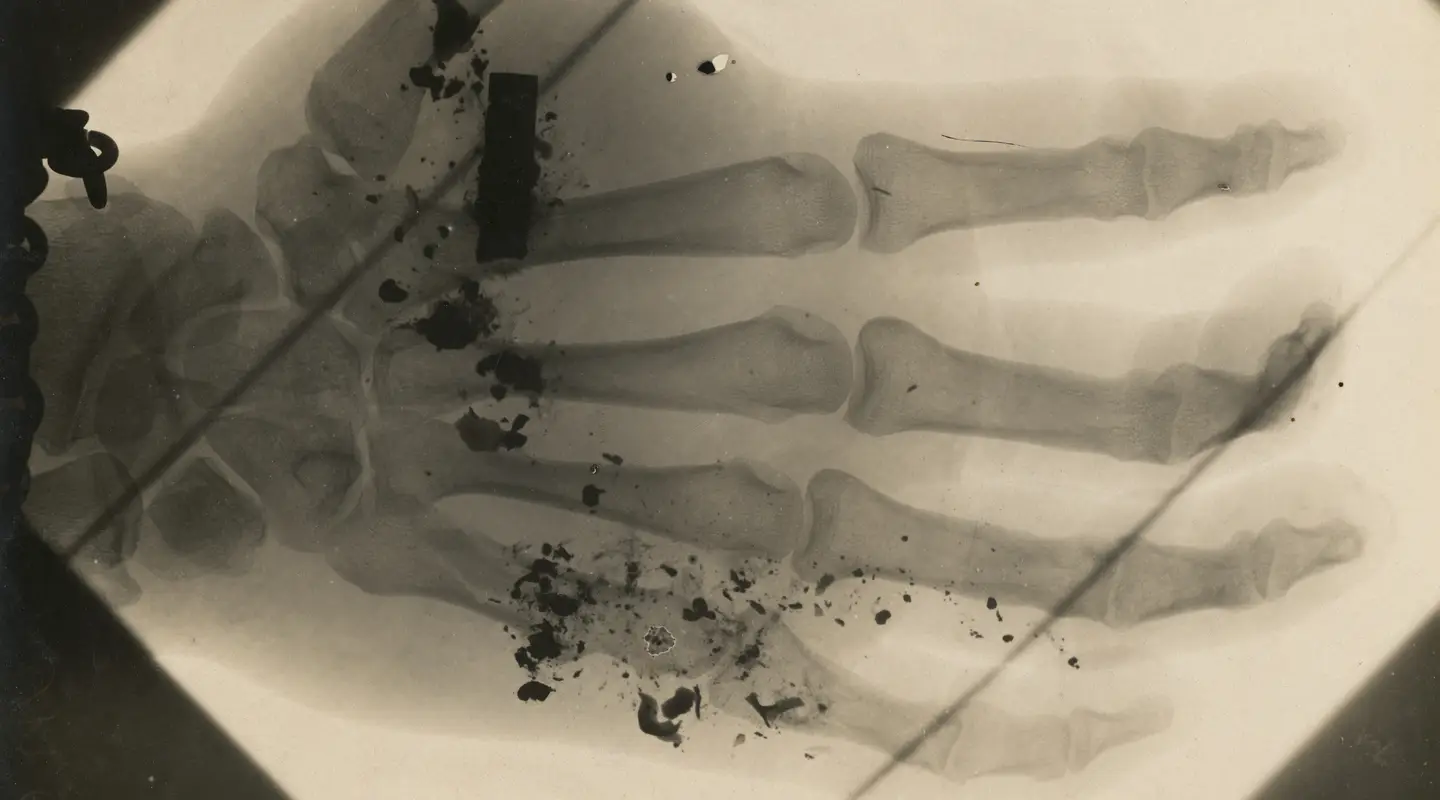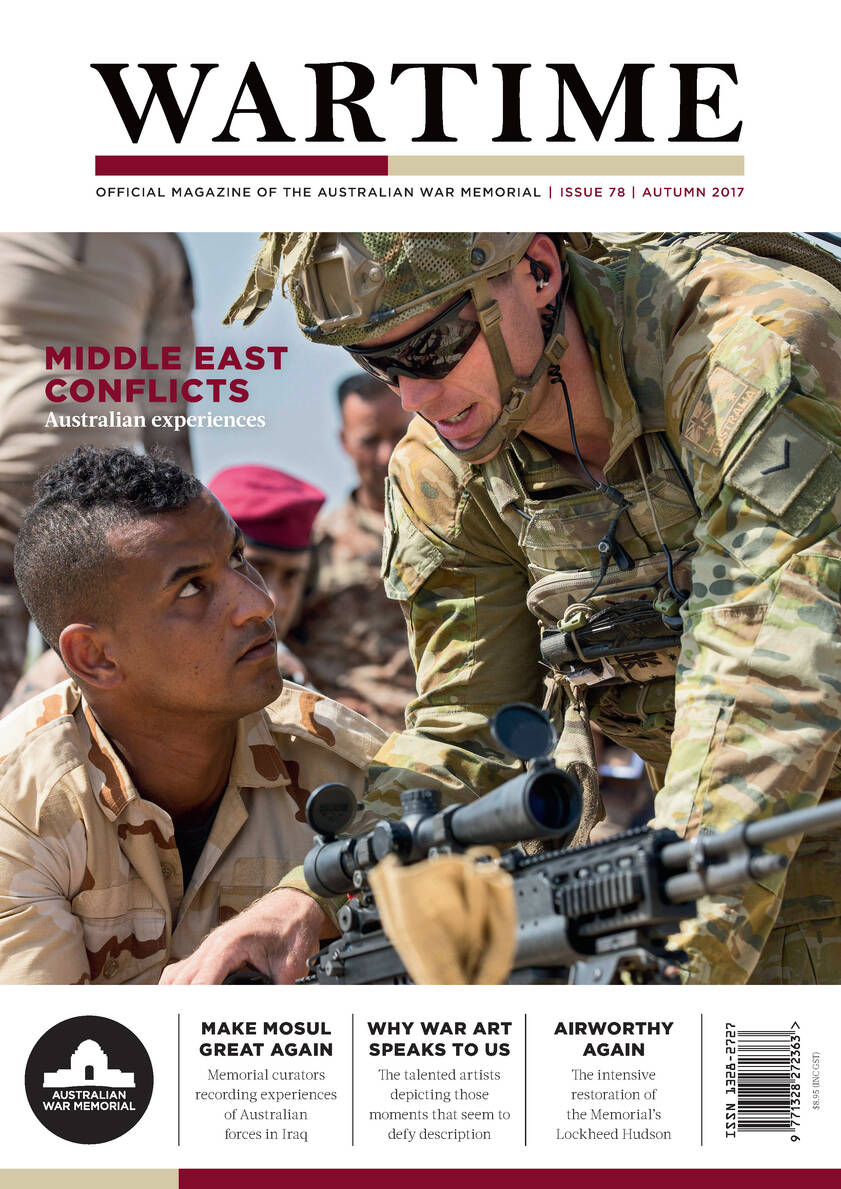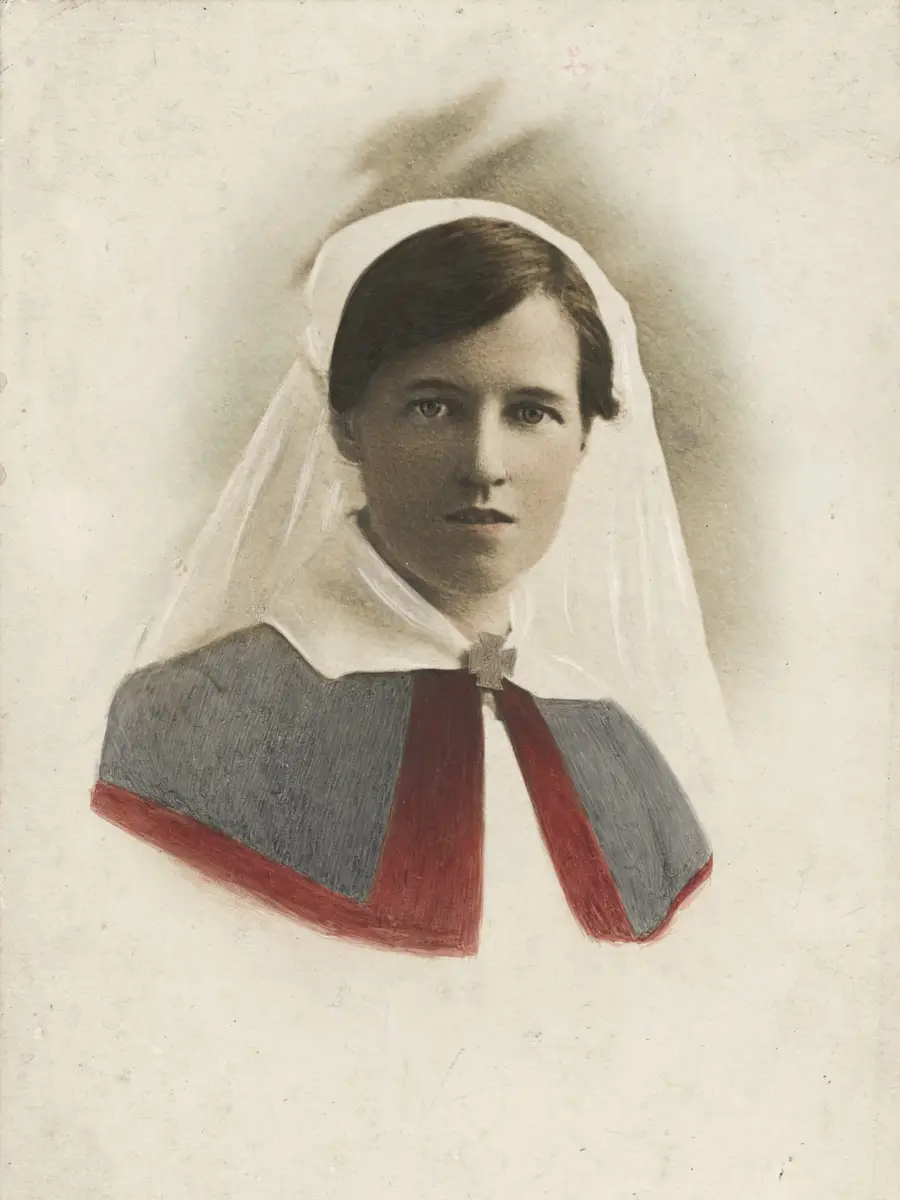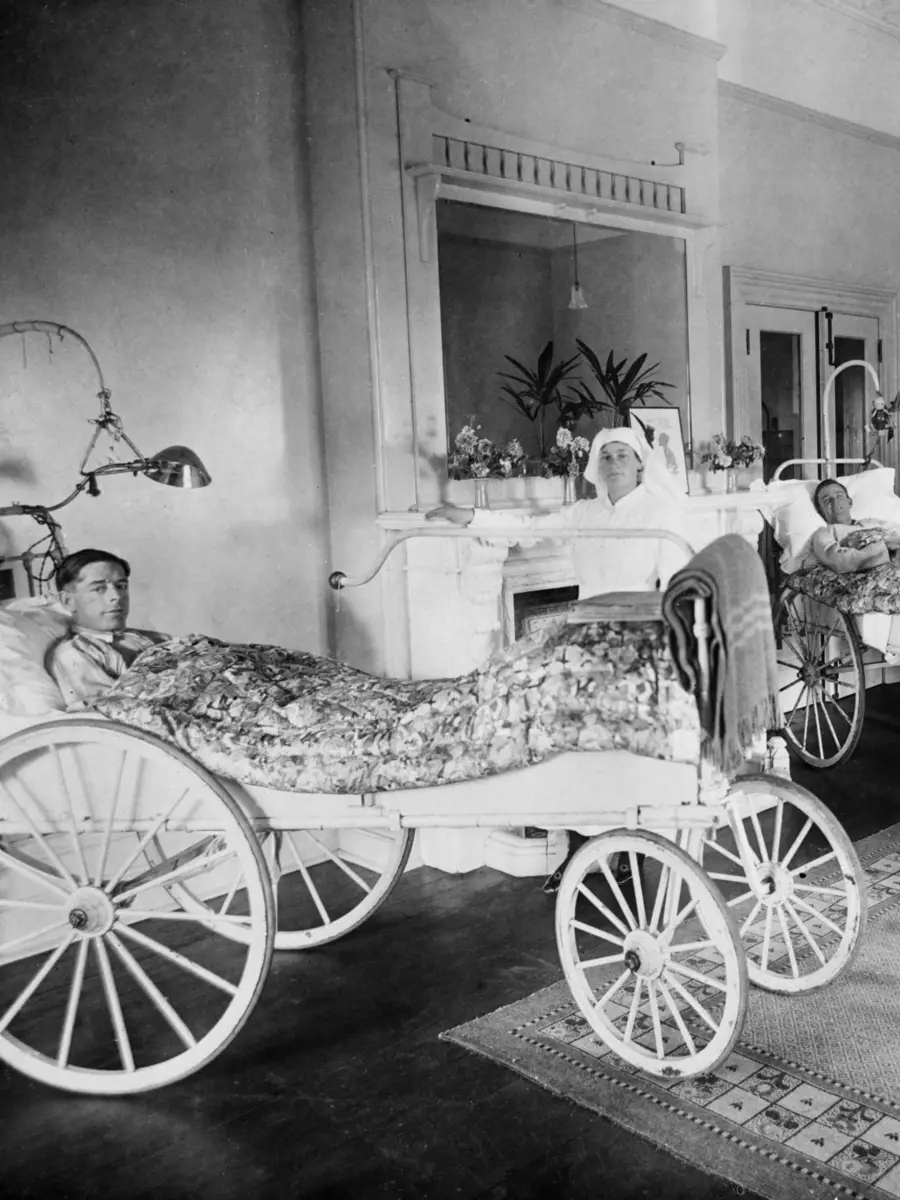Many images capture the brutality of war, some more effectively than most.
The First World War was industrial in both scale and technology, with new weapons such as the machine-gun, poisonous gas and advances in artillery that gave the war a ferocity that few could have predicted. As in all previous wars, this ferocity was directed against the relative frailty of the human body. The annals of the war are filled with accounts of the fragility of humans: gas victims covered in blisters, whole groups of men being felled by machinegun fire or simply vanishing in a storm of shrapnel.
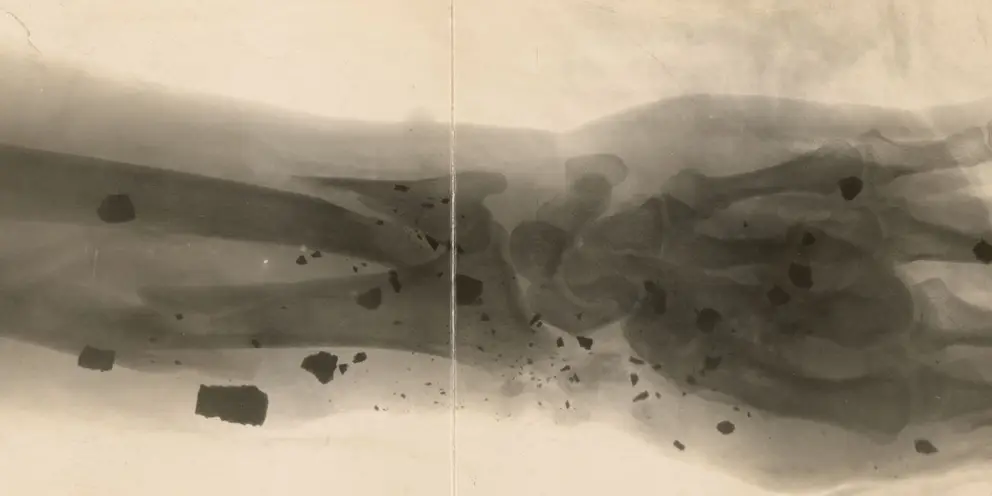
An X-ray image showing shrapnel and fractures in a soldier’s forearm.
This X-ray reveals the shattered bones of a man’s forearm and every piece of embedded shrapnel, unobscured by skin or clothing. Both bones in the forearm are broken, meaning that the wrist would be “floppy”, causing intense pain; and every piece of shrapnel would have a corresponding open wound, increasing the likelihood of infection in the filth of the Western Front.
The X-ray was taken by Private William Jones of Ryde, NSW, who arrived on the Western Front with the 2nd Casualty Clearing Station in April 1916, not returning to Australia until May 1919. We cannot be certain who the soldier in the X-ray is. In the small collection of images that relate to Private Jones’s service, only one of the soldiers he encountered is named: Thomas Huxtable, whose shrapnel wounds were so severe his arm had to be amputated – though we cannot tell if this is his X-ray. Thousands of soldiers fell victim to the war’s machinery and came home permanently disabled. Precise figures are elusive, but in the 1920s more than 3,000 Australians were being paid pensions for limbs amputated during military service.
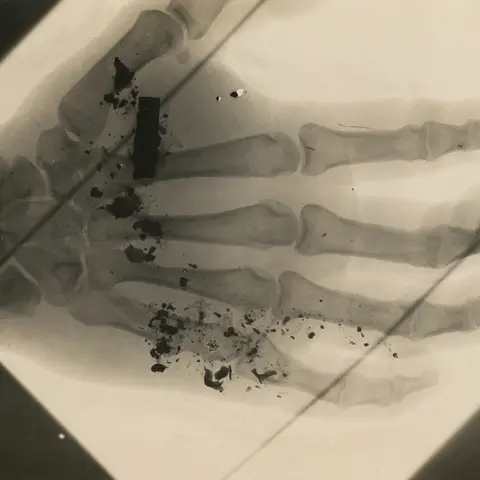
X-ray image showing shrapnel in a hand
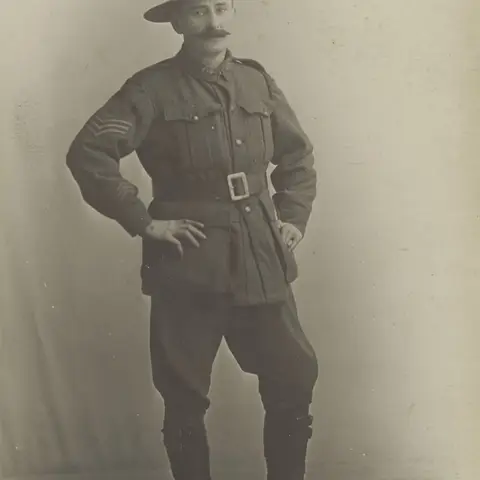
Sergeant William Henry Jones was an X-ray operator prior to enlistment. He survived the war.
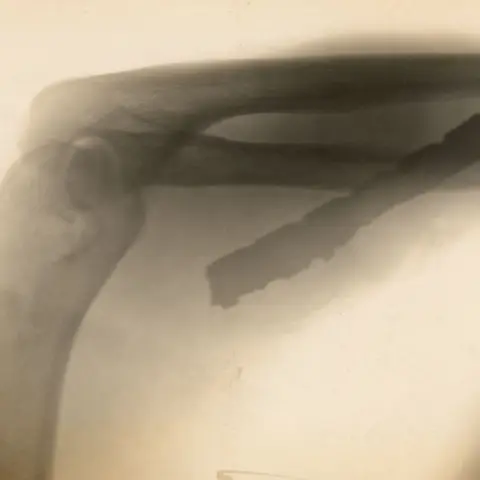
X-ray image showing severe shrapnel wounds near the elbow of Lieutenant (Lt) Thomas Leonard Huxtable. His arm had to be amputated.
All veterans, regardless of the conflict they have served in, or their role in it, express the same sentiment: there is nothing glorious about war. It is a brutal, ugly business, and always has been. More powerfully than mere words, photographs like this can tell us much about life and death on the Western Front.
This article was originally published in Wartime Issue 78, Autumn 2017.
